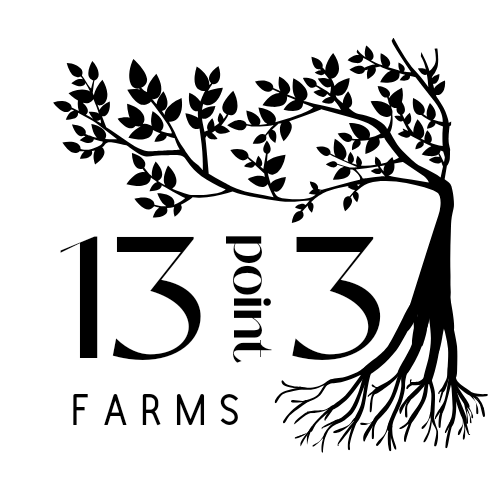About Our Trees
We sell fruit trees that not only produce quality, delicious fruit but come on hardy, vigorous trees that are selected to thrive in the upper Midwest.
Modern apple tree are comprised of two primary parts. The upper, fruit producing is called the scion. The lower, root system is called the rootstock. The two parts are grafted together to produce a tree with the best of both parts.
The upper scion continues to grow on as a tree should and produce predicable, quality fruit of a discernable variety. For example, a Honeycrisp apple tastes like a Honeycrisp apple if you buy it in a store or pick it off a tree in your backyard. You know what you are getting! Although, my favorite apples are straight from the tree.
The lower rootstock brings advantages as well. Many characteristics like cold hardiness, tree size, disease resistance, vigor and precocity are strongly influenced by rootstock selection.
We sell trees that pair the best locally adapted scion with the best locally adapted rootstock so that everyone can have the best opportunity to produce fresh fruit themselves.
Potted Trees
Our apple trees are potted in 10 gallon (twice as large as most) root pouch containers to allow a healthier root system to provide the best opportunity for growth after planting. Unlike bare root, potted trees can be planted nearly any time of year. Root pouches provide multiple advantages over traditional plastic growing pots. Trees planted in traditional plastic pots force plant roots to become root bound (imagine roots growing the same way a toilet drains). Trees and plants grown in root pouches provide numerous advantages that can be seen here https://www.rootpouch.com/growers-info/container-yard-growing
Select a tree with an open center or modified central leader form depending on your situation and future goals. Open center trees have 4-6 primary branches with the central leader removed to shape a shorter tree with fruit that is more easily harvested and maintained. Modified central leader trees are pruned to maximize fruit production, shaping a taller tree that is a bit more challenging to harvest, more "deer resistant" and produces more fruit overall.

